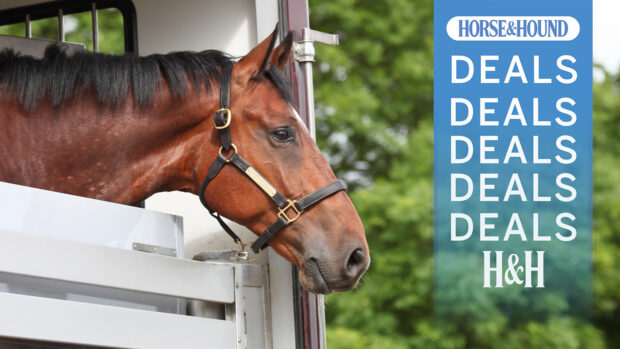Downsize or upgrade
Having a 7.5tonne or bigger horsebox complete with living is essential for many competitors, but if you’re looking to save money, then a 3.5tonne wagon might be the answer.
Depending on load and how you drive, you can expect around 30mpg (at least twice what larger wagons get), plus lower tax and insurance.
Just be aware that payload for many 3.5tonne lorries is around 1,200kg, so you could exceed the limit with two big horses and gear.
Thinking of doing away with a horsebox altogether? Before you make the change from a wagon to a 4×4 and trailer, make sure you do all your sums. If the 4×4 is to be your main everyday vehicle as well, the running costs can be high — some 4x4s struggle to do more than 20mpg — as can the purchase cost of a 4×4 heavy enough to pull a fully-loaded trailer.
Alternatively, if you’ve been putting off trading in your dilapidated wagon for a newer model, better fuel efficiency could be the excuse you’re looking for to take the plunge. Newer diesel engines to Euro 3, 4 and 5 standards have better fuel efficiency and lower emissions, says Paul Jacobs of www.horseboxregs.co.uk.
Maintain your vehicle
While every car and horsebox requires an annual MOT, it’s good sense to have regular servicing done as well. A dirty air filter, for example, restricts the flow of air into the engine, which harms performance and economy.
It might be one of the last things on your mind when you set out to a show, but underinflated tyres are also a common cause of poor fuel efficiency due to their higher rolling resistance.
Tyres lose their air due to time and temperature and consequently vehicles with underinflated tyres need more fuel to keep them moving. Check them when they are cold for an accurate reading (at a higher temperature the air takes up a greater volume and vica versa) — inflation pressures are normally shown in the owner’s manual or on the data plate in the driver’s door.
For the full transport special feature, see the current issue of Horse & Hound (21 April, 2011)



